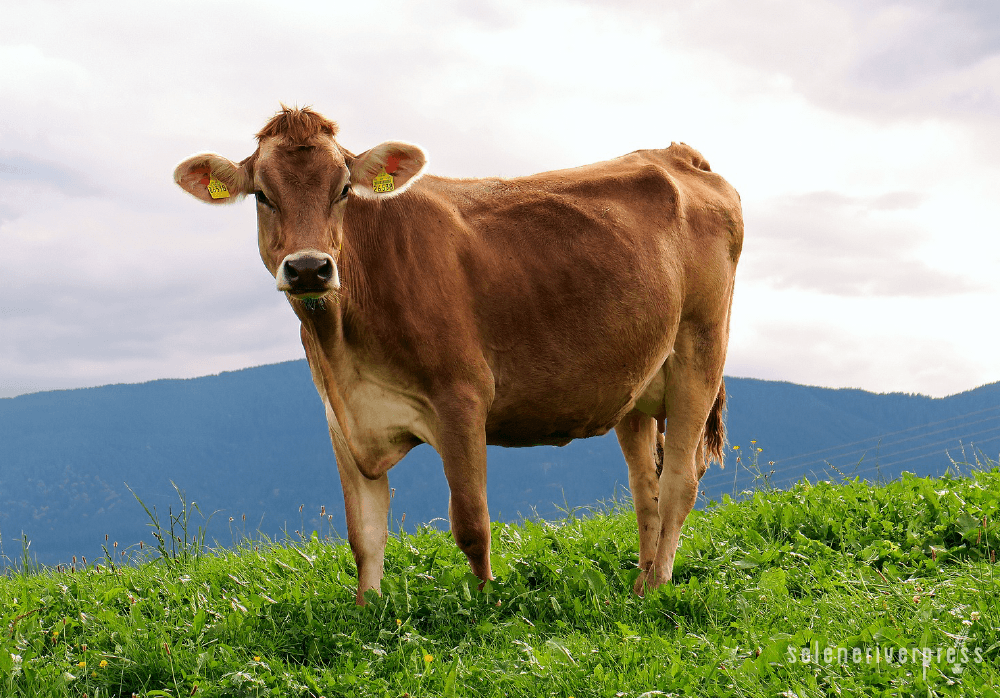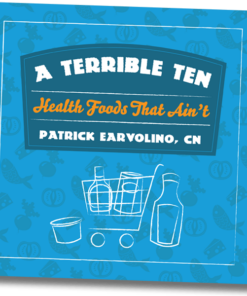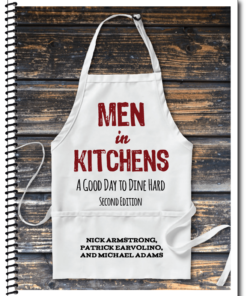The pasteurization of milk might be the most one-sided story ever sold. To hear it from proponents, pasteurization kills lethal pathogens naturally lurking in cow’s milk while delivering a nutritious, wholesome product to consumers. The commercial dairy industry has spun this yarn to great profit for nearly a century, but the truth is the unsanitary conditions that prompted pasteurization in the early 1900s are long gone.
In fact, today in California, where unpasteurized (or “raw”) milk is widely available, the bacterial counts of raw milk are consistently lower than those of pasteurized. In part this is because raw milk contains natural “inhibins” that deter the growth of harmful bacteria and which are destroyed by pasteurization. Meanwhile, the dirty secret of pasteurization goes untold: filthy industrial milk rife with microorganisms can be sold to the public as long as it is pasteurized first.
Safety aside, what’s been tragically forgotten is that cooking milk trashes its nutritional value. As reported time and time again in the early days of nutrition research, pasteurization destroys or diminishes most of the vitamins found in raw milk (which naturally contains all nutrients essential to humans). And unlike raw milk, which enjoyed a reputation far and wide as a growth-promoting health food, pasteurized milk was shown to retard growth in both humans and test animals. It also proved to lower resistance to infectious diseases, promote tooth decay, and, compared with raw milk, deliver significantly less calcium to the body.
Of course, those facts were buried long ago by the dairy industry. But with modern farming able to deliver clean raw milk to consumers, it’s high time we ask not how safe is raw milk but just how dangerous is pasteurized.



